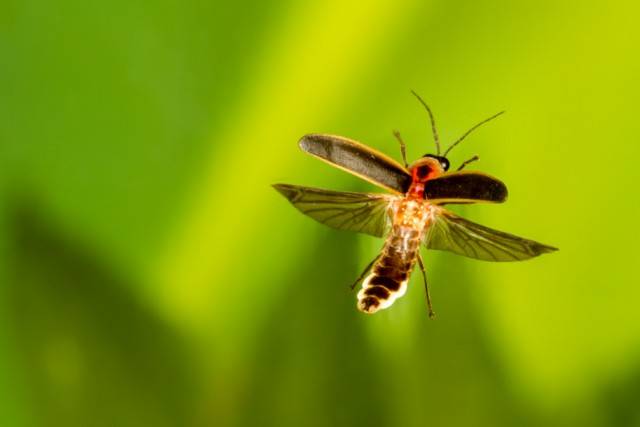Fireflies, also known as lightning bugs, have captured the imagination of people for centuries with their enchanting bioluminescent displays. These small insects emit light in the night, creating a magical spectacle that has intrigued both scientists and nature enthusiasts. Here are five fascinating facts about fireflies:
1. Bioluminescent Chemistry: Fireflies are famous for their ability to produce light, a phenomenon called bioluminescence. This natural light show is a result of a chemical reaction between a light-emitting molecule called luciferin, an enzyme called luciferase, oxygen, and other substances. The light produced by fireflies is highly efficient, as almost 100% of the energy is emitted as light without generating heat.
2. Unique Communication: Fireflies use their bioluminescence to communicate with each other, particularly during mating rituals. Each species of firefly has its distinct light pattern, flashing at specific intervals. Males fly around and emit a series of flashes, while females perch themselves and respond with their own pattern of light. This mesmerizing dance of synchronized flashing is what often creates the striking visual displays in forests and fields.
3. Synchronized Light Shows: In some parts of the world, fireflies create breathtaking synchronized light shows where thousands of individuals flash in harmony. One well-known example is the display that occurs in the Great Smoky Mountains National Park in the United States. Here, Photinus carolinus fireflies synchronize their flashes, creating a stunning spectacle that draws visitors from far and wide.
4. Larval Glow: While the adult fireflies' bioluminescence is well-known, their larvae also emit light, albeit for a different purpose. Firefly larvae use their glowing capabilities as a warning signal to predators. Their luminous presence serves as a deterrent, indicating that they might taste bad or even be toxic, protecting them from potential threats.
5. Conservation Concerns: Despite their captivating beauty, fireflies are facing various threats that have led to population declines. Habitat loss due to urbanization, light pollution, and the use of pesticides are some of the main challenges these insects are confronting. The reduction in firefly populations is not only a loss in terms of natural wonder but also has potential ecological consequences, as fireflies play a role in pollination and in the food chain.
In conclusion, fireflies are much more than just twinkling insects on a summer night. Their bioluminescence, communication methods, synchronized light shows, larval adaptations, and conservation needs make them a subject of scientific intrigue and a symbol of the delicate balance of the natural world. Preserving their habitats and minimizing the factors that threaten their existence is essential to continue enjoying the enchanting glow of fireflies for generations to come.


